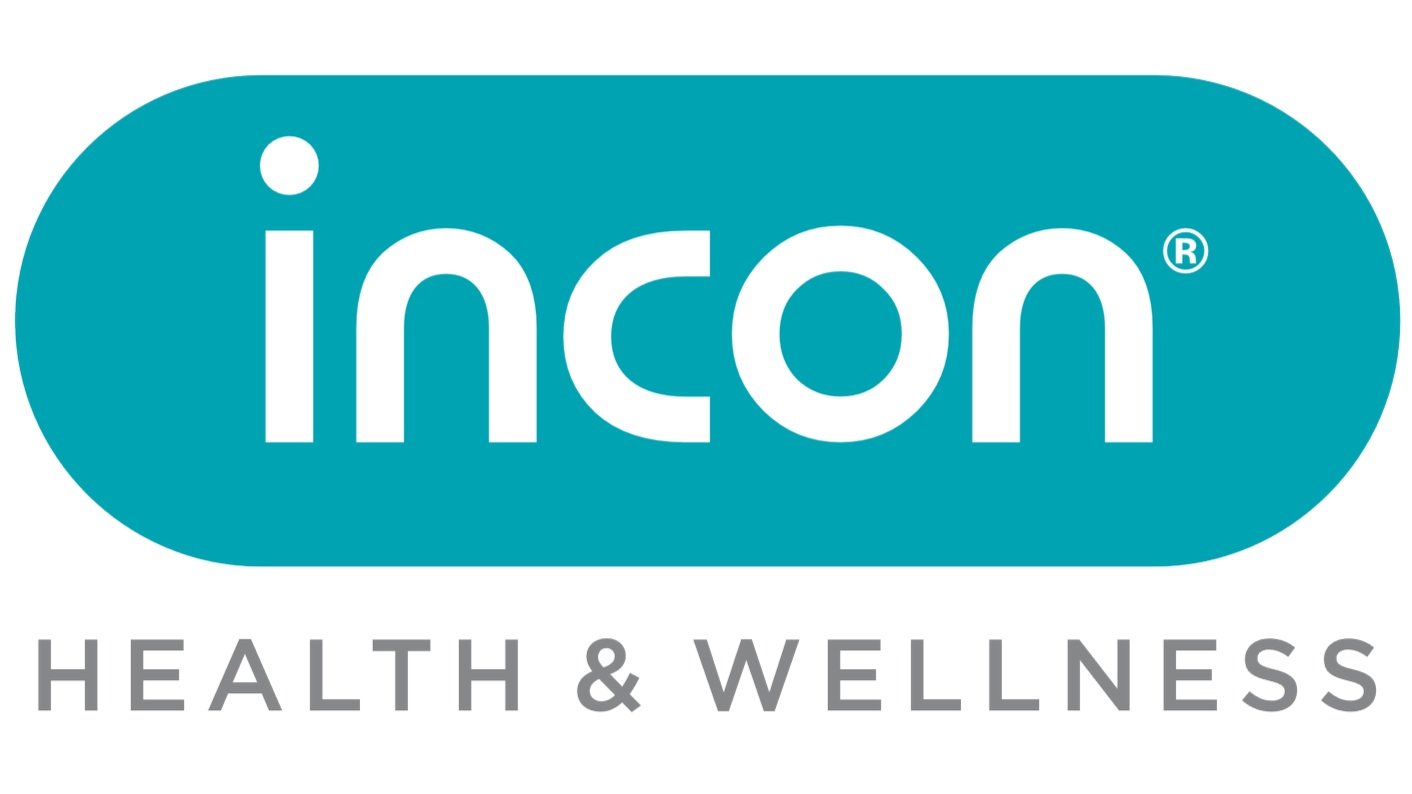Pink with Purpose
Breast Cancer Awareness: Know the Signs, Take Action, Save Lives
October is internationally recognised as Breast Cancer Awareness Month, a time to shine a spotlight on early detection, education and support. While awareness campaigns often focus on pink ribbons and fundraising, the most powerful impact happens when women (and men) feel empowered to understand their bodies and act early.
Breast cancer remains one of the most common cancers among women worldwide. The good news is that when detected early, breast cancer is often highly treatable, with survival rates significantly improving through early intervention. Knowing what to look for and what to do can make a real difference.
1. Know Your Normal
Every person’s breasts are different. Understanding how your breasts normally look and feel is the first step in spotting any unusual changes. There’s no “perfect” time to check, but many experts suggest doing a self-examination once a month, ideally a few days after your period ends when breasts are least likely to be swollen or tender.
Get to know your normal by:
Looking at your breasts in the mirror with your arms by your sides and then raised.
Gently feeling your breasts using the pads of your fingers, moving in small circular motions from the outside toward the nipple.
Checking all areas: breast tissue, armpit and the area up to your collarbone.
2. What to Look For
Breast cancer doesn’t always present as a lump, and not all lumps are cancerous. The key is to look for changes and follow up with a healthcare professional if something is new, unusual or persistent.
Common signs to watch for include:
A lump or thickened area in the breast or underarm
A change in the size or shape of one breast
Dimpling, puckering or changes to the skin texture (like an orange peel)
Changes to the nipple - inversion, discharge, or scaling
Persistent pain in one breast or armpit
Redness or swelling that doesn’t go away
If you notice any of these, don’t panic - most breast changes are not cancer - but do get it checked by a doctor as soon as possible.
3. Screening Saves Lives
Self-checks are important, but medical screening is essential for early detection.
Mammograms are the most common screening tool, using low-dose X-rays to detect abnormalities before they can be felt. Depending on your age and risk factors, doctors may recommend:
A baseline mammogram at 40, followed by annual or biennial screenings thereafter.
Earlier or more frequent screening if you have a family history of breast cancer or other risk factors.
Other imaging options, such as ultrasound or MRI, may be used for women with dense breast tissue or higher risk profiles. Speak to your healthcare provider about what’s right for you.
4. Know Your Risk
Some factors, like age and genetics, are beyond our control - but understanding your personal risk profile helps guide screening and prevention strategies.
Risk factors include:
A family history of breast or ovarian cancer
Inherited BRCA1 or BRCA2 gene mutations
Starting periods before age 12 or menopause after 55
Hormone replacement therapy after menopause
Lifestyle factors such as alcohol consumption, obesity and inactivity
If you have a strong family history, talk to your doctor about genetic testing or earlier screening programmes.
5. What to Do If You Find Something
Discovering a lump or change can be frightening, but early action is the best step you can take.
Here’s what to do:
Make an appointment with your doctor or clinic as soon as possible.
Get a professional examination and imaging (mammogram or ultrasound) to clarify what’s happening.
Follow through on referrals for any additional tests, such as biopsies, if needed.
Bring a friend or family member for support if you’re feeling anxious.
Remember: most lumps turn out to be benign, but if it is cancer, early detection gives you far more options for treatment and better outcomes.
6. Support Matters
A breast cancer diagnosis affects more than just the individual - it impacts families, friends and communities. Emotional and practical support can ease the journey. Whether it’s joining a support group, accessing counselling or simply checking in on someone you care about, these gestures matter.
Take Charge of Your Health
Breast cancer awareness isn’t just for October. Regular self-checks, scheduled screenings and knowing your risk factors are year-round commitments to your health.
If something feels off, trust yourself. Early detection doesn’t just save lives - it can save yours.

